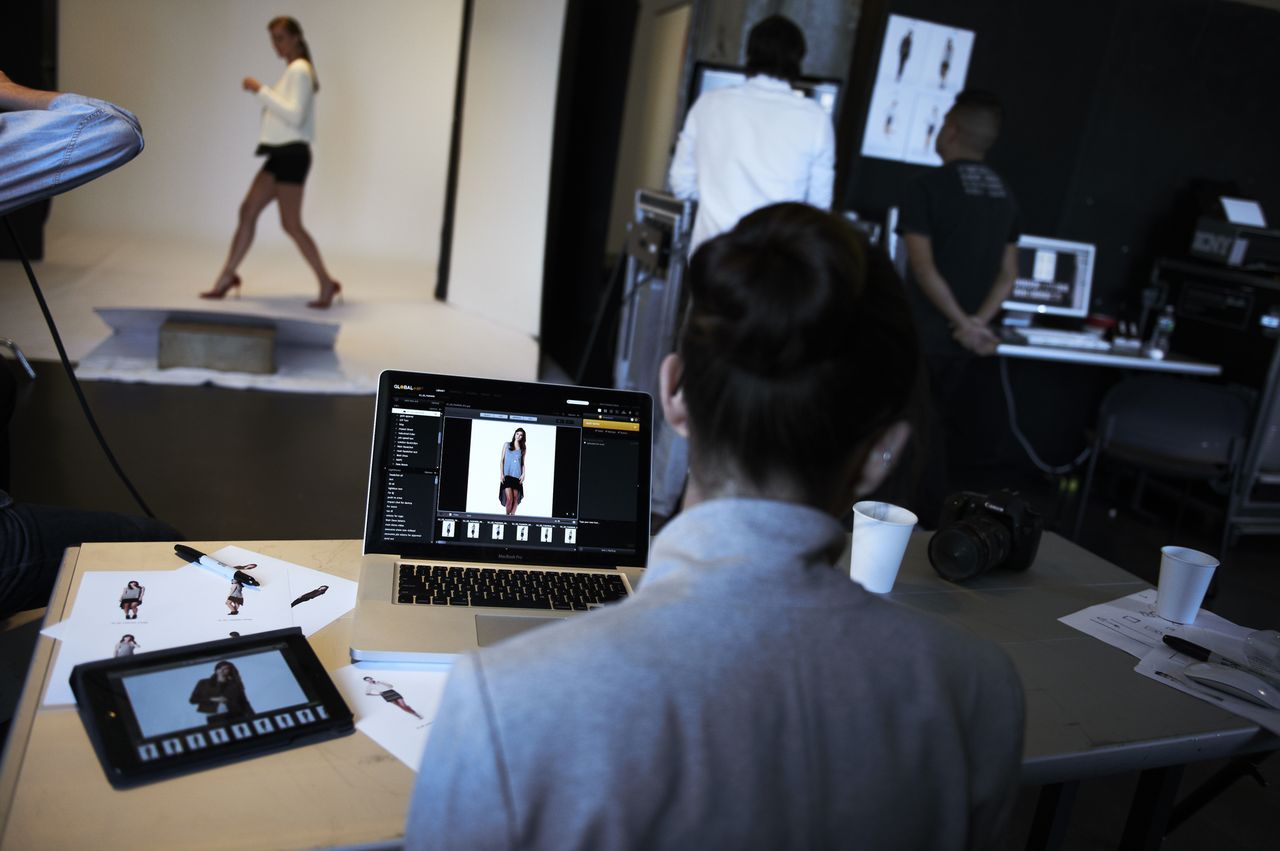After the Shoot: From RAW Files to Finalized Content


You did it, you’ve just finished that big production you’ve been working on for weeks! The talent, the crew, the gear, everything went according to plan and you’re about to start the post-production process. How do you take terabytes of raw assets, likely thousands of images or hundreds of video files, and get them culled down, organized, cropped, retouched, approved, and distributed across all channels?
Before joining the team here at Globaledit, I worked as a photographer, retoucher, photo editor, and digital tech with some of the most successful global apparel and home brands. Working in high-end, high-volume production has given me a unique look into this process at scale and over the next four weeks I’ll lead you through industry standards and best-practices to help you streamline post-production for your next photo or video production.
Files, Files, and More Files
Let’s start with the basics. At the end of most productions, you’ll likely have hundreds of gigabytes of files, if not multiple terabytes. Digital Imaging Technicians (DTs) will be backing up the raw files and the CaptureOne sessions containing image ratings and notes made on set throughout the day, and, if you covered your bases, you now have two identical hard drives containing everything, from lighting tests, to silly gray-card frames, to actual content.
Depending on your workflow, DTs may have processed out low-res JPEGs for contact sheets and other file types such as PSDs or TIFFs from a rough-edit made on set so retouchers can get working as soon as the finals are approved. Additionally, for location jobs or companies not headquartered in New York City or Los Angeles but shooting content through production houses in these cities, shipping physical hard drives may be necessary. This introduces a significant security risk should the drives be lost or damaged. After all, the contents of those drives cost five, six, or sometimes more than seven-figures to create.
Next, these files need to be moved to a secure location where they can be accessed by the producer, art director, retouchers, creative director, and other stakeholders higher up in the marketing department. Depending on how fast your on-set hard drives are (pretty slow if they’re the standard rugged USB spinning hard drives) it could take hours to get all of the assets onto a server and downloaded to each local machine, which leads to your first liability – duplicate images. To further complicate things, different people need different types of files, Art Directors can make selects and notes using low-res JPEGs, but retouchers will need either RAW, EIP, TIFF, or PSD files depending on your workflow. This could mean additional manual processing time on another machine, which means additional places to copy everything.
If you think this is starting to get complicated, you’re right. Keeping track of what files are on which drives and who possesses those drives is a difficult and time-intensive part of managing a studio. In today’s global world, it’s likely that photographers, art directors, and retouchers may not all be in the same studio, city, or even country while working on a project. We will touch on the difficulties this presents in our next article covering the Editing Process, but for the sake of argument, let’s assume that it’s not a huge time-suck to get all the files onto everyone’s computers, and that sharing final-selects is quick and easy (which I can assure you, it often is not).
How does Creative Production keep up in the age of Cloud Storage?
With faster internet connections and the development of 4G and 5G wireless, more tools are being developed that allow users to bring themselves to their content, rather than the other way around. Services like WeTransfer, Dropbox, and Google Photos allow relatively quick consumer solutions, but while these may suffice for sharing JPEG files from small freelance jobs or managing personal storage, they cannot keep up with the volume, speed, data, and security requirements of large-scale production.
If you’ve ever tried to move and store thousands of RAW files on these platforms, you likely found that you had to wait multiple days for the files to upload and be accessible from another machine. What’s worse: these files aren’t even viewable. Because of this, you’ll need to have a separate folder with JPEGs to utilize the cloud-based viewing features of these platforms, or you will need to download the files locally to review using Bridge, CaptureOne, or similar RAW capable software.
Additionally, shared folders may have significant security risks. These links can be forwarded to anyone, opening the project up to leaks. On some platforms, non-users may even have the capability of deleting the source files themselves (a terrifying thought considering the time and money that goes into creating content). These transfers may also have hidden expiration dates, potentially causing dead-links towards the end of the post-production process. These potential risks are sometimes found with internal on-premises corporate servers as well.
Where does Globaledit fit in all this?
Globaledit was developed for creatives, by creatives. Industrial Color, a photography, video, CGI, retouching, and all around digital creative production house, originally developed Globaledit in 2002 as an internal solution to address the headaches associated with post-capture production. Globaledit provides cloud-based active storage, editing, visual retouching markups, client and talent approvals, metadata enrichment, distribution of projects, and archival storage.
Let’s jump back to the end of the last shoot day we talked about above. In addition to copying a hard drive on-set, that digital tech could set the Globaledit desktop app to watch the CaptureOne output folder. This creates a hot-folder that will automatically upload to our platform. Globaledit supports the upload of folder structures rather than simply uploading archives or buckets of files one folder at a time. This saves time organizing your assets during the production process. Additionally, Globaledit’s “Uplink” feature allows producers to send a web-link to an upload portal within the platform. Uplink’s allow the rest of the assets on the platform to stay secure, and offers a quick way to receive files from location and freelance teams around the world.
Upon upload, Globaledit renders out a low-res JPEG of the source file for quick and easy viewing over the internet. You can also append or “paperclip” derivative files (high res JPEG, PSD, or RAW files of the same image, see all supported file types here) to prevent clutter. This means that users with access to the project on Globaledit can use their mobile phones or tablets without the need for strong WiFi connections to view, comment, select, approve, and markup the files. Admin users can determine which users can view, move, download, upload, and delete which assets, and can even apply watermarks for certain users (think freelancers that need access to leak-worthy assets) to keep the files far more secure than most servers and cloud-storage solutions.
Globaledit also has a dedicated solutions architecture and implementation team to assess, train, and set up best practices, along with dedicated Account Managers who are available to help our clients far past technical troubleshooting and FAQs.
Wrapping a creative production should be a great feeling, however, like with many things in the production industry, there is no standard for how to handle what takes place after the lights and cameras have been put away. We’ve discussed the difficulty of moving terabytes of files to ensure that they’re accessible by the necessary parties, organized so time isn’t wasted, and safe so the company doesn’t face unnecessary risk. Over the next few weeks I will discuss the editing and approval process, retouching markups, and distribution, security, and metadata and how Globaledit can help alleviate some of the common hang-ups and headaches that all creative producers face. To learn more about how Globaledit can accelerate your creative production message us here.
